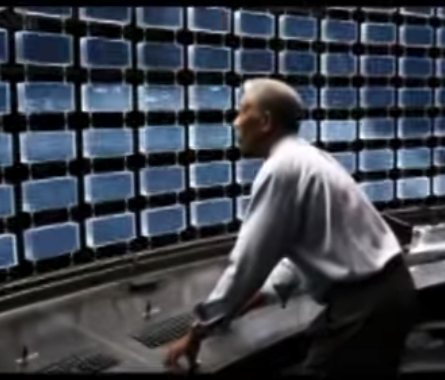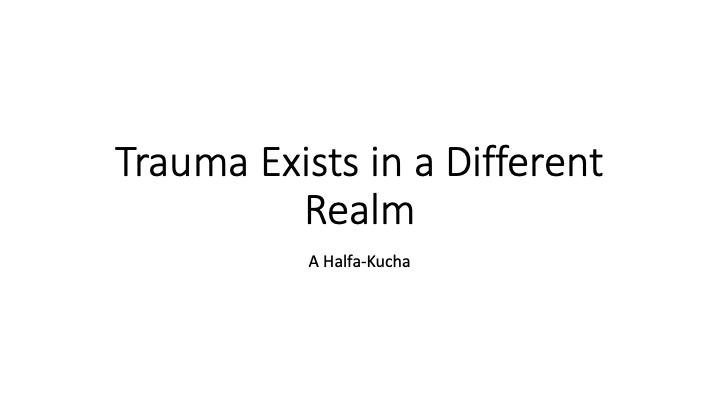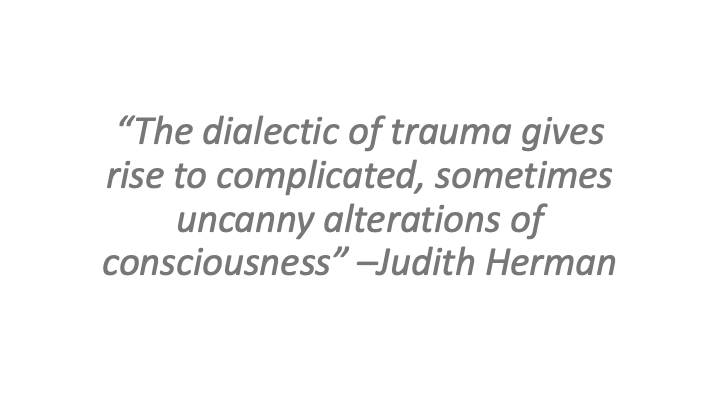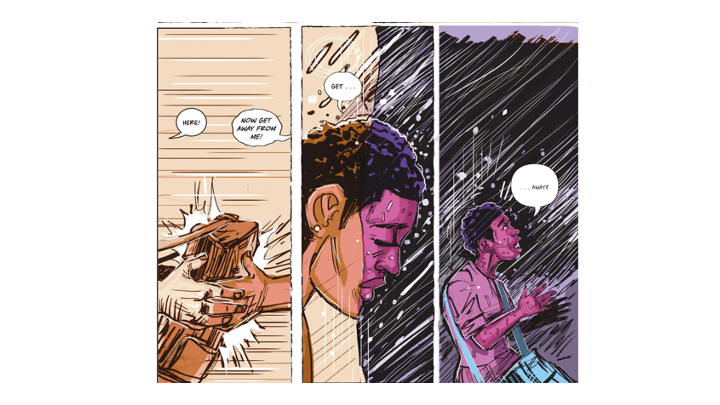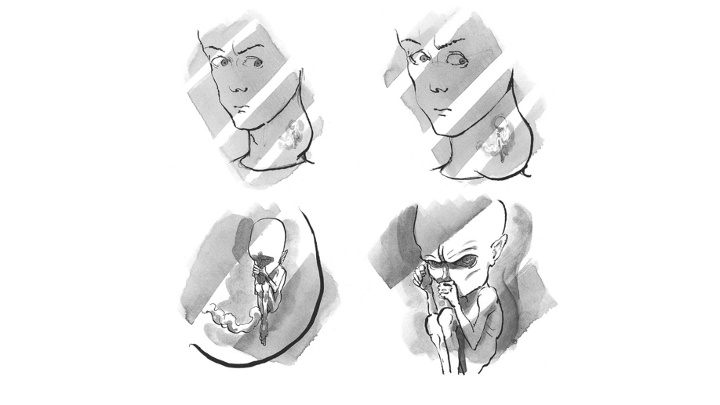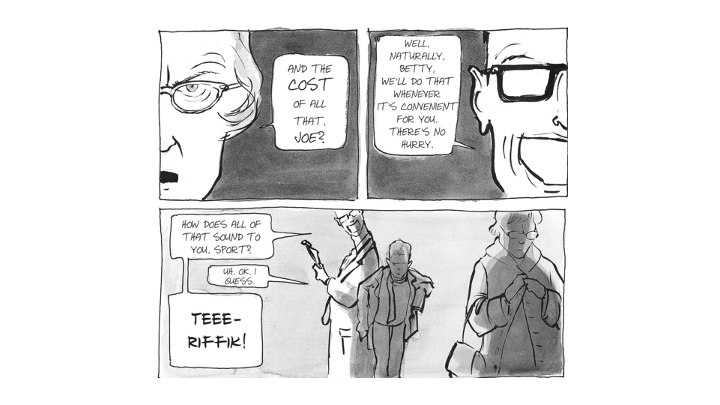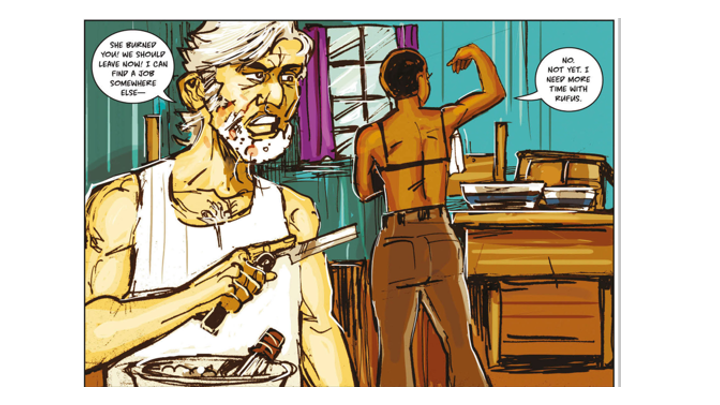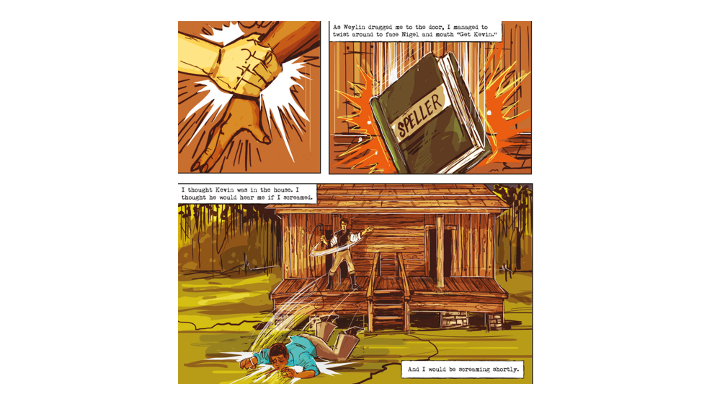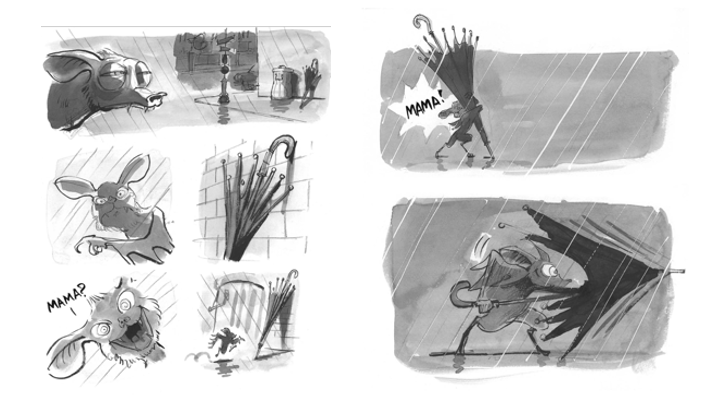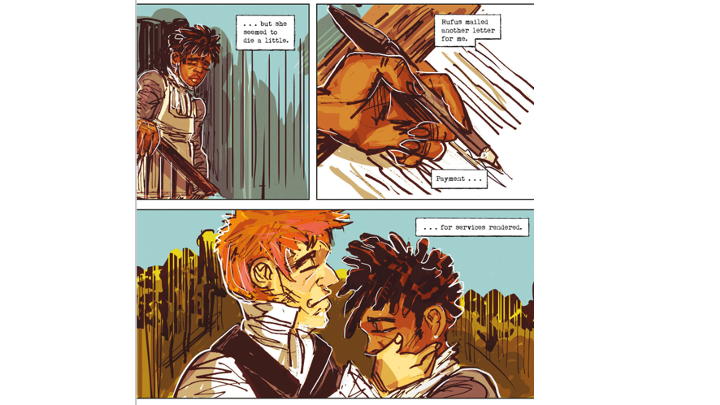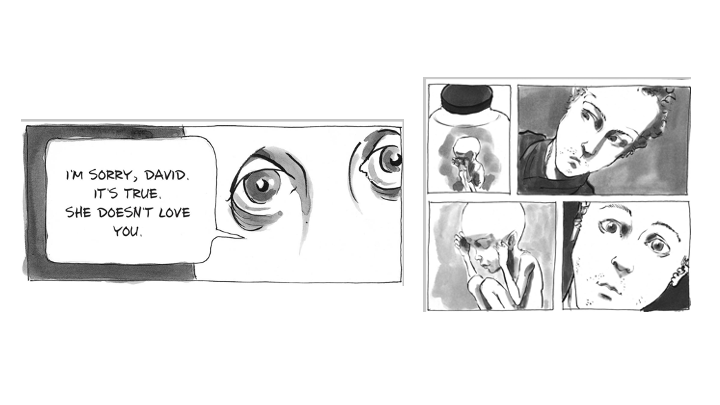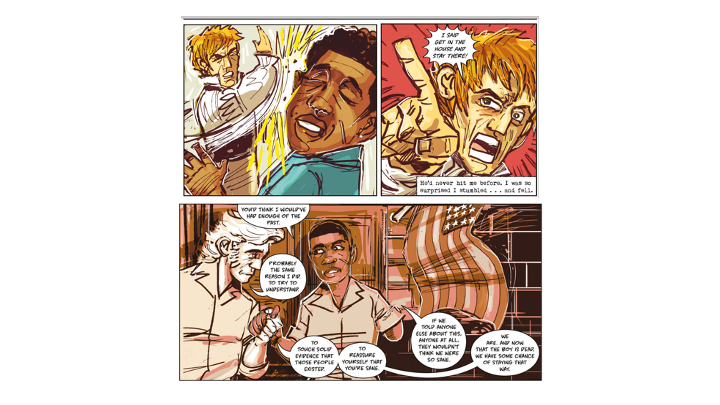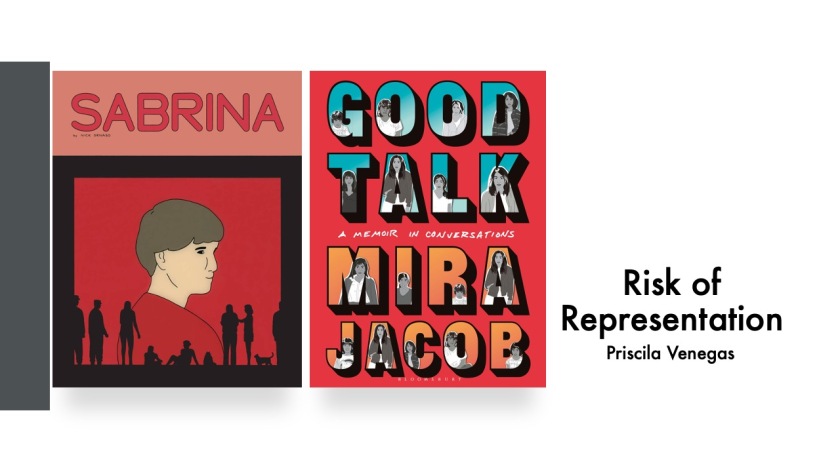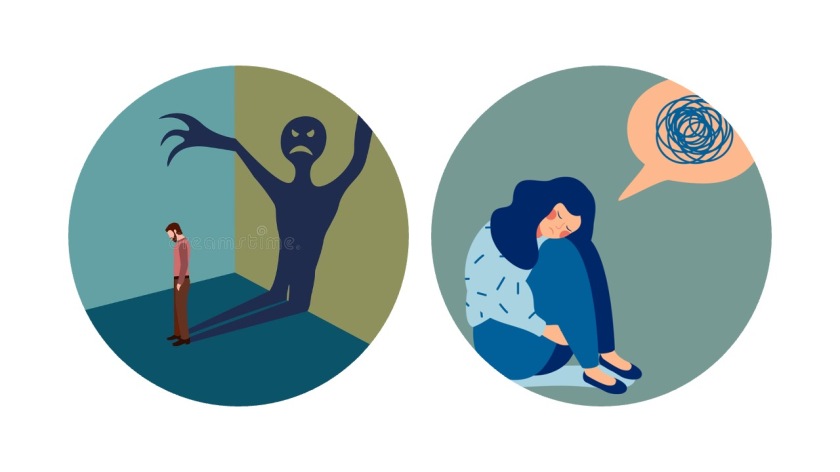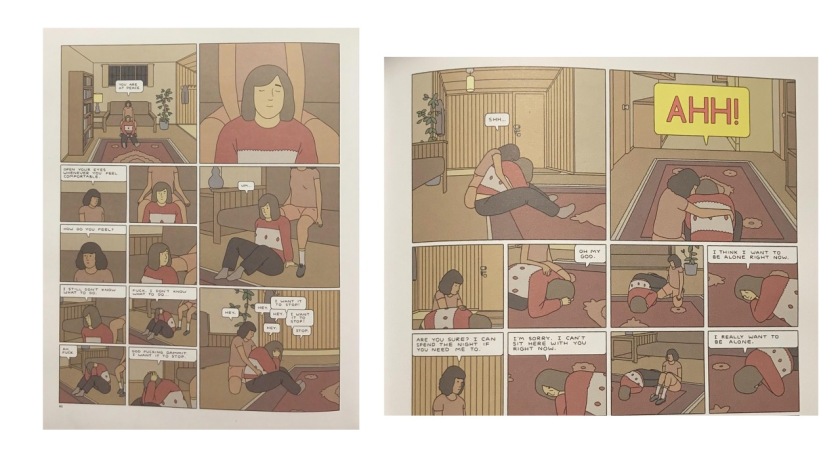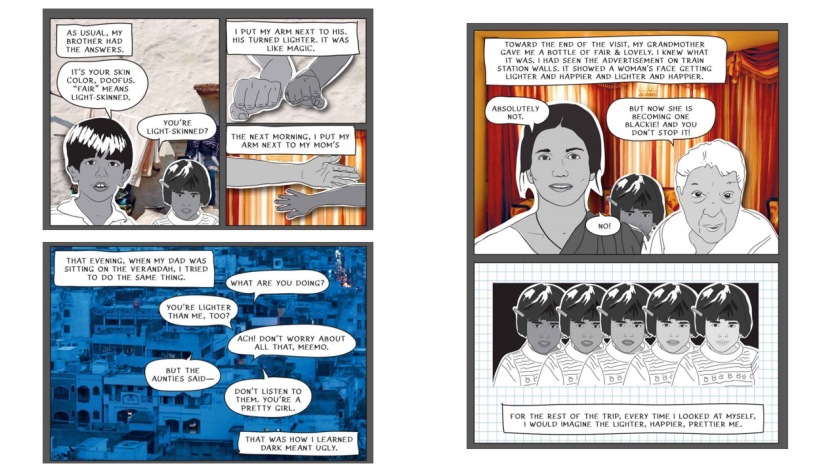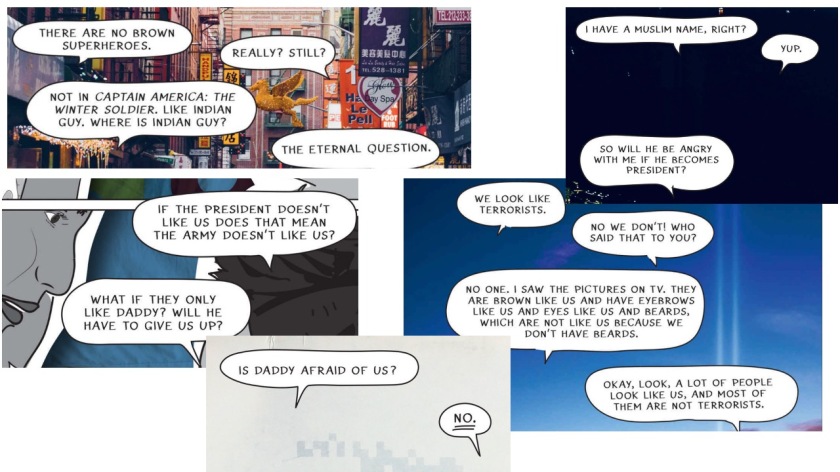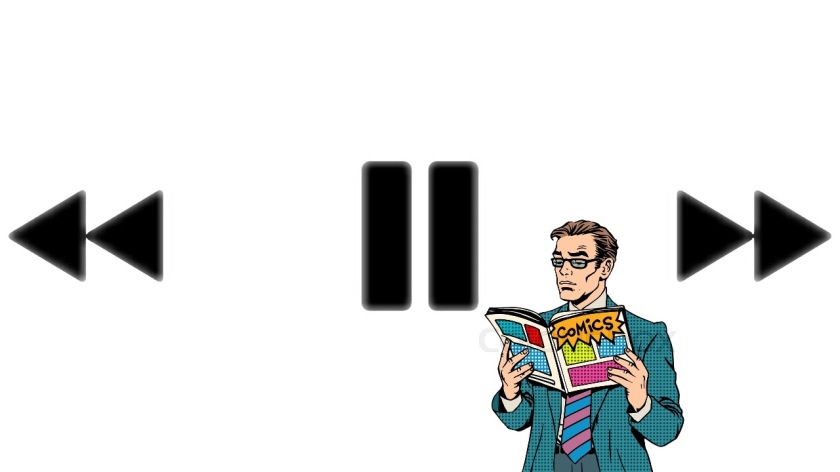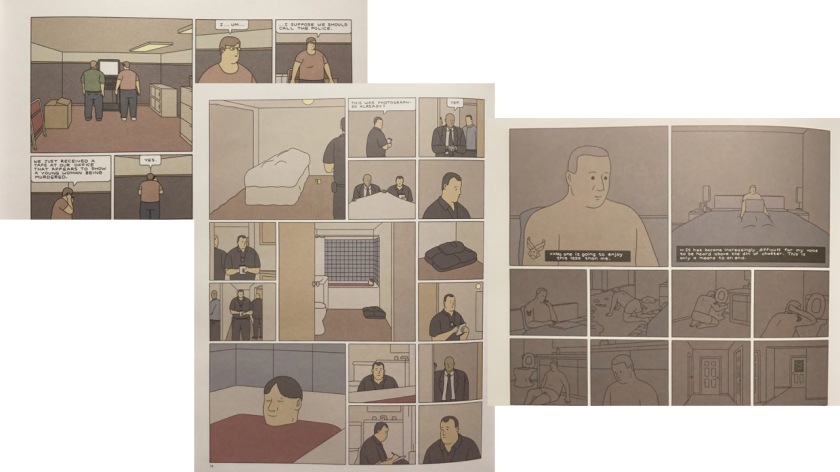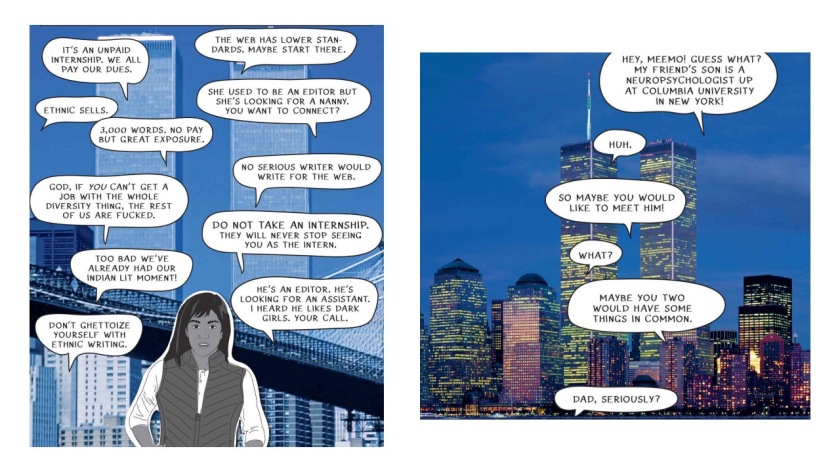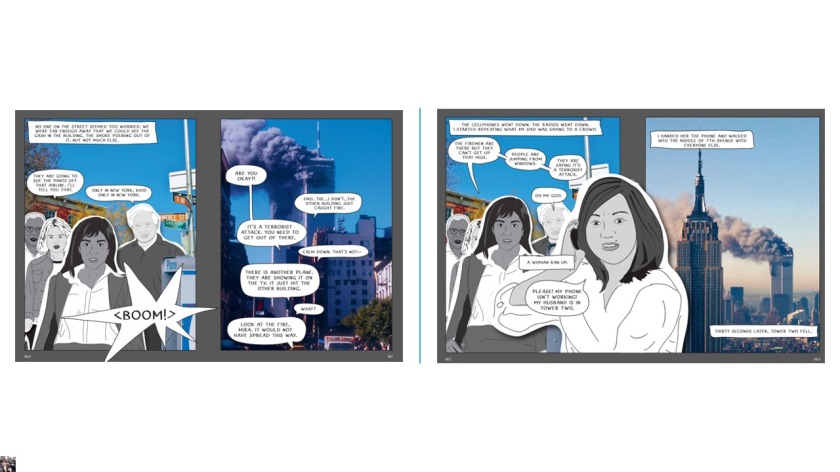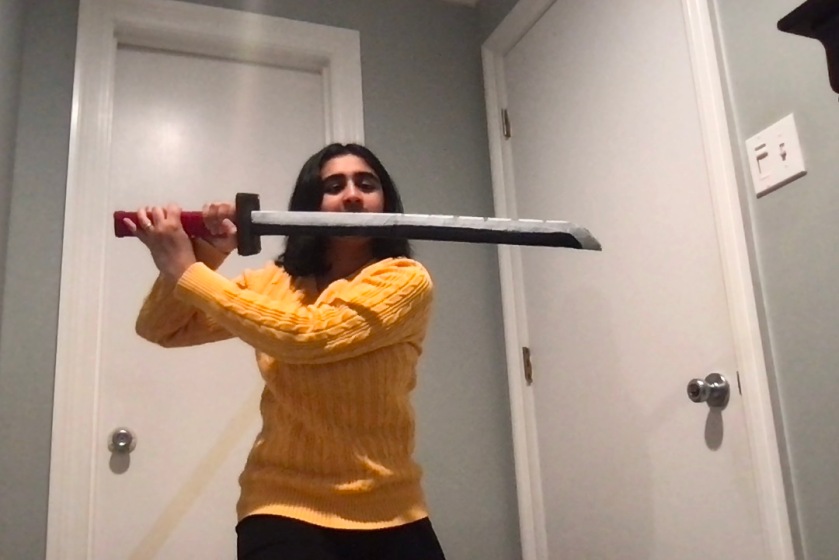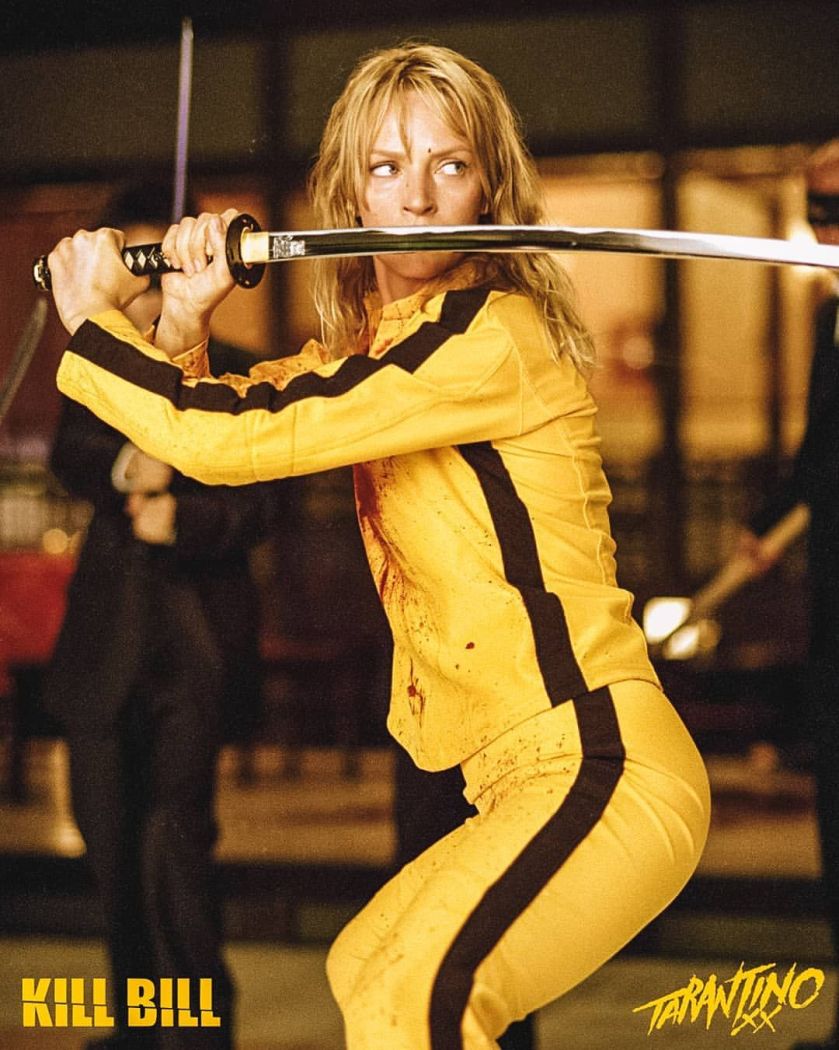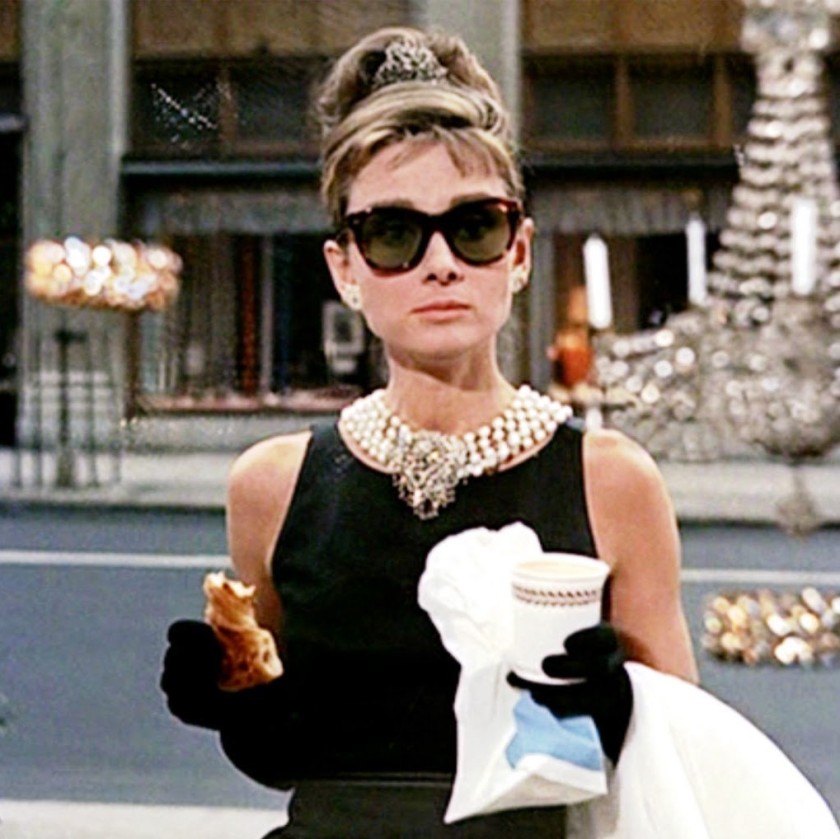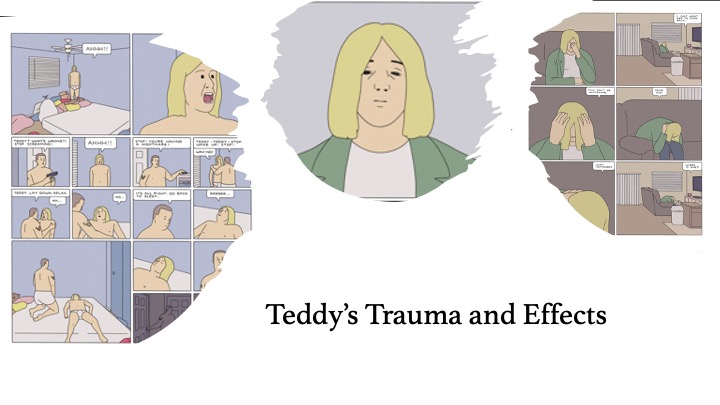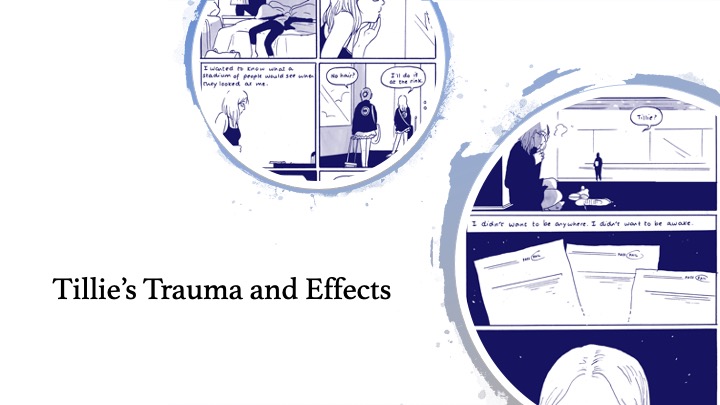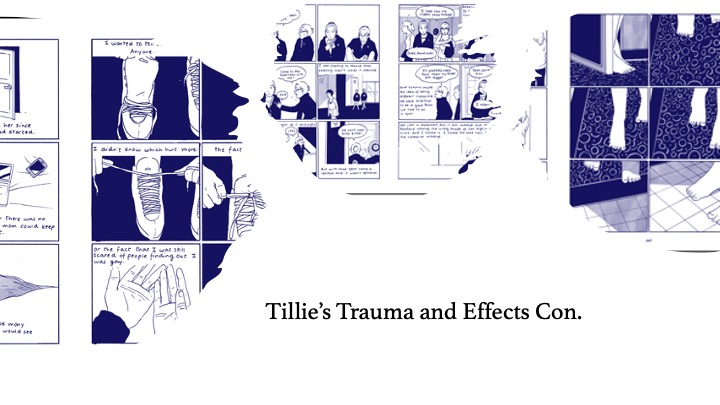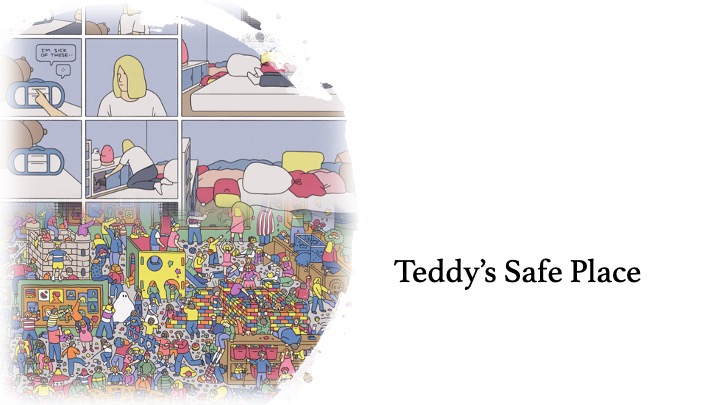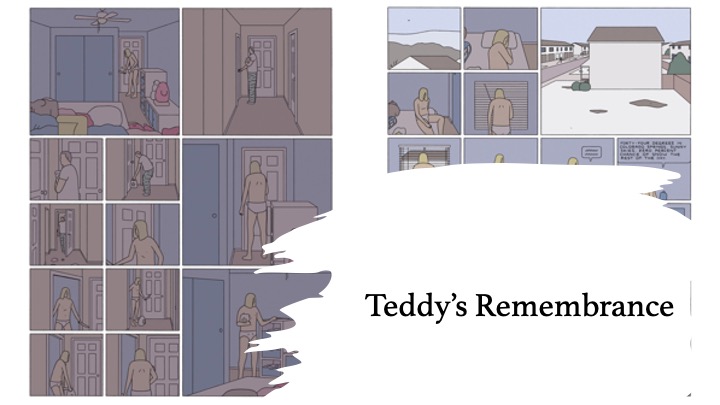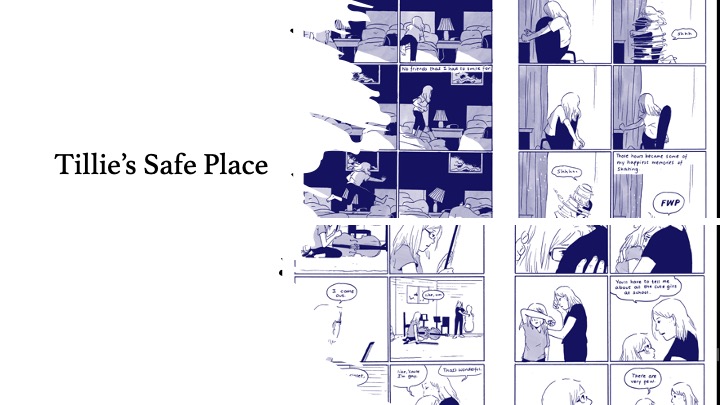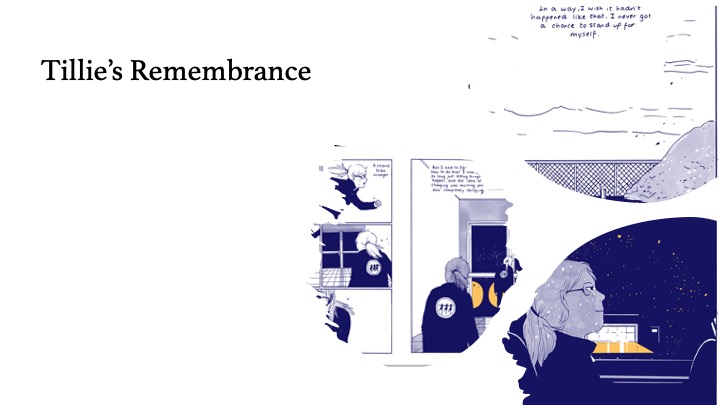In high school, I did quite of few of presentations, and I was in theatre for 3 semester. I still get the jitters before doing something in front of a crowd, and I am fairly confident in my presentation skills. Before working on the Halfa Kucha, it thought that it would be easy to an extent because I already had an idea of what I wanted to say and present. While working on it, I went through the graphic novels looking for panels that are relevant to my vague idea then I constructed my argument. Looking back, I wished that I constructed my argument first then pick out panels. That way I can focus more on the argument and not get lost in which panels I should put in the presentation. I wasted a lot of time picking the right panels. As for the argument, I wanted to put more into it, but the time restraint held me back. Which is good for this type of assignment, it would be harder to stray off path, and I focused more on the important stuff. I liked not having to create an introduction for the presentation, describing the plot. I could just get right into it. If I were to implement that into analytical writing, I would focus on the body and then right the introduction and conclusion.
For the panels on the presentation, I wanted to focus more on what is drawn on the panel rather than the text. For Teddy’s slides, I cut out the frames where he facial expression was showing. In Sabrina, the facial expressions are kinda bland. However, there are the few times where it more realistic features to it.
Whenever I give presentations, I try not to be that one person who just reads off the slides. This assignment made sure that you won’t read off the slides. I also did not need to worry about typing my argument out; I could just say it. With the slides moving automatically, I had to make sure what I said was relevant with each slide, and I had a limited time to say it which was nerve racking. Towards the end of the presentation, I kinda went off in a tangent and was not able to say what I wanted too. Remembrance and reconnection can happen at the same time. But why? who knows because I couldn’t finish. From my fellow students’ presentation, I would try to slow down myself down and have flashcards to keep myself on track. As for future presentations in general, I would try to put less on the slides and just talk about it.


